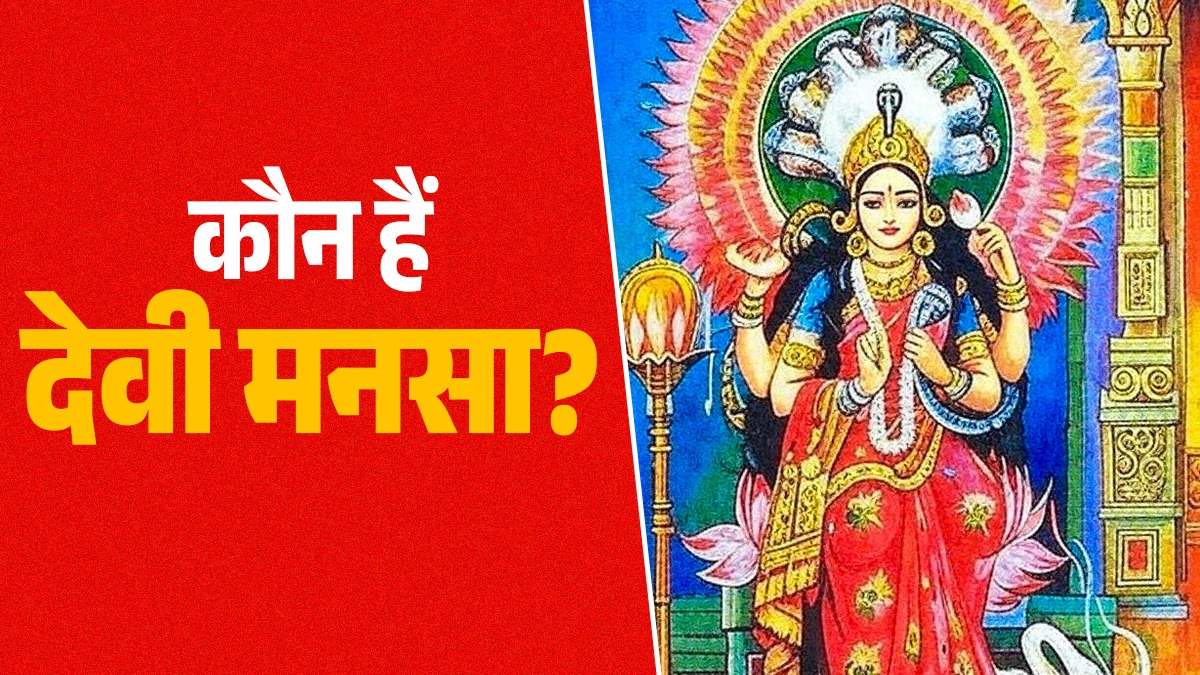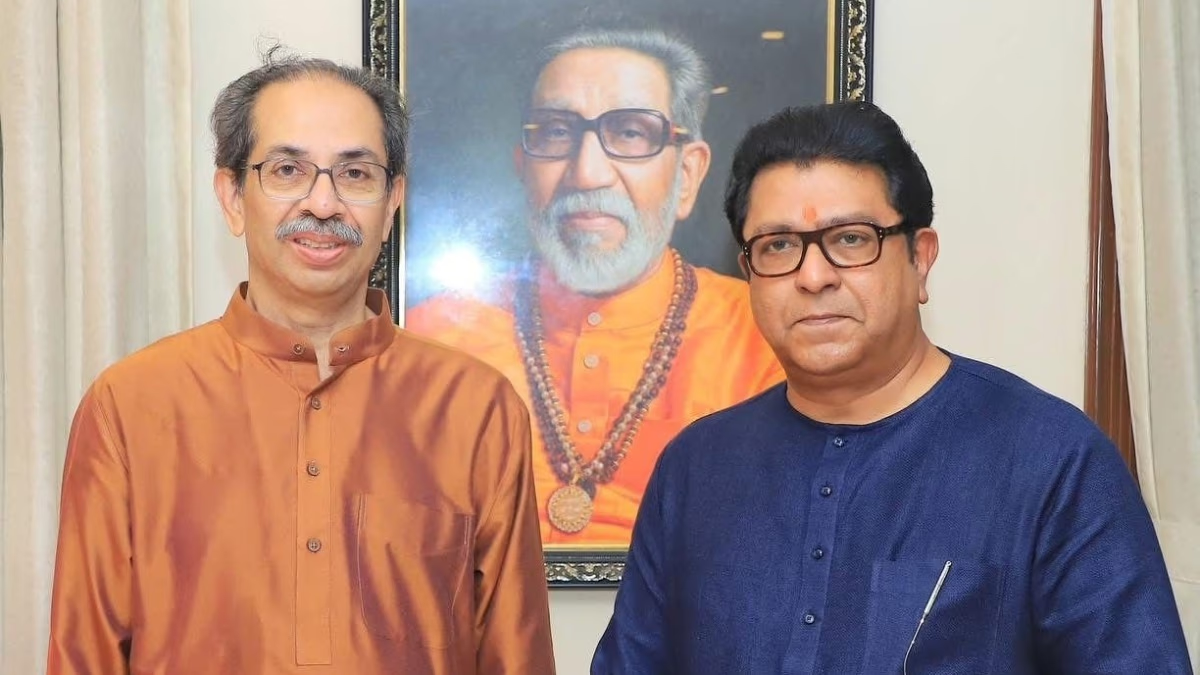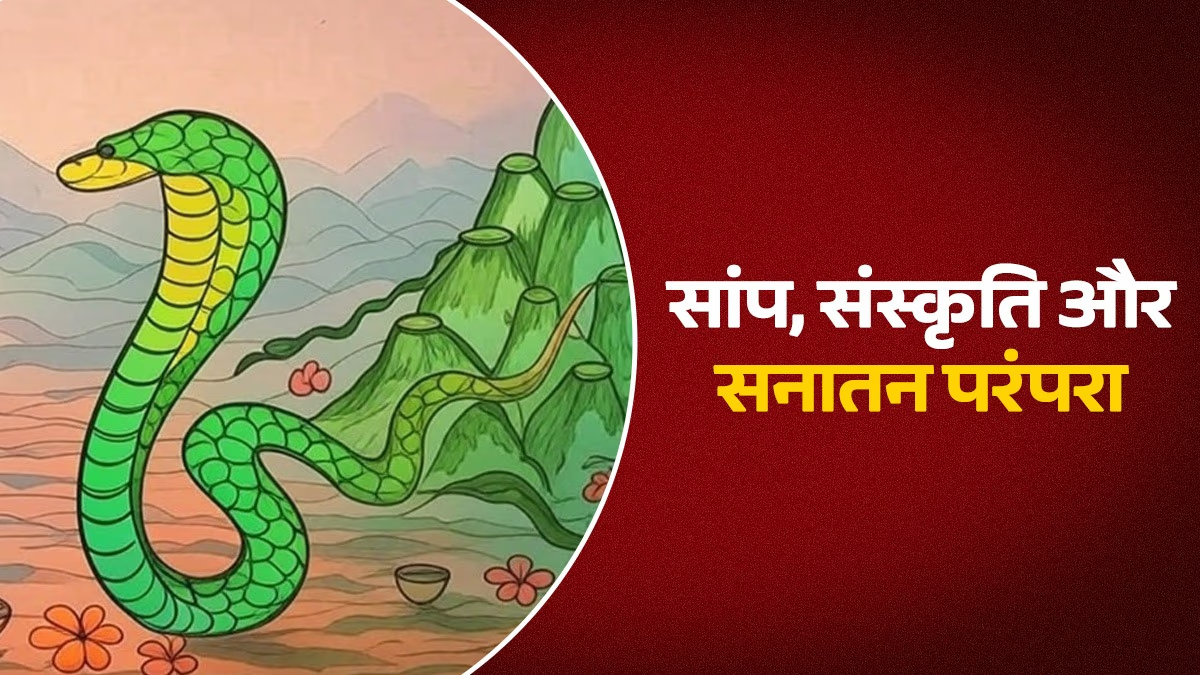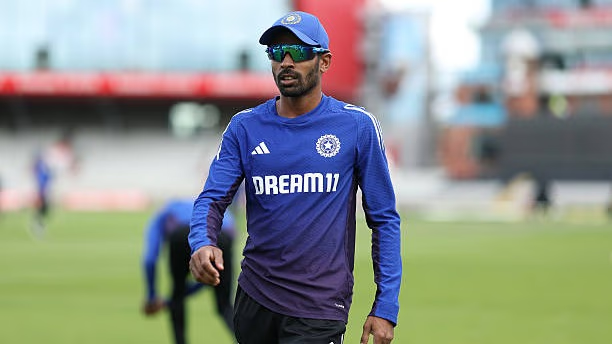An incident of a stampede has surfaced at the famous Maa Mansa Temple in Haridwar. This ancient temple of Goddess Mansa in Haridwar is a center of faith for devotees. The history of this temple is centuries old, and in the mountainous regions, an ancient tribe has long worshipped Goddess Mansa as a deity of medicines and forests. In Ayurveda, poison is also considered a medicine, and it is believed that Goddess Mansa is the guardian deity of all poisons and all kinds of medicinal herbs.
Goddess Mansa in Puranic Tales
In mythological accounts, Goddess Mansa is known as the daughter of Shiva. She is worshipped during Sawan in the Mithil region of Bihar, Bhagalpur, and Madhubani, and her tales are prevalent from Bengal to Bihar and Assam. On Nag Panchami, she is specially worshipped in these three states as Vishahari Devi, Bari Mata, and in West Bengal as Bishohori. In Assam, the goddess is also called Bishari and is revered as a forest goddess, similar to the remote hilly areas of Haridwar. The 10th-11th century Manasa Mangalkavya of West Bengal elaborates on her story, and the folk theatre tradition of Bengal, 'Jatra,' enacts the tale of Vishohari Mansa Mai.
Daughter of Lord Shiva
In Vishnu Purana, there is mention of a cobra maiden of Lord Shiva, later called Mansa. Her story, according to Vishnu Dharmottar literature, dates back to the time of Mahabharata. In Shiva Purana, it is mentioned that Nag Mata Kadru once made an idol of a girl. At that time, a drop of sweat fell from the angry forehead of Shiva, vexed by the havoc of Andhakasura, upon that idol. The idol came to life, and a girl wept like a newborn.
Shiva's necklace and Nag Mata Kadru's eldest son Shesha held her and accepted her as his little sister, calming her down. Since she was born from Shiva's forehead, the girl was named Mansa. Another story narrates that when Lord Shiva consumed poison during the churning of the ocean, his body started to burn, and drops of toxic sweat formed. The snake wives collected these drops, from which a daughter was born. This maiden reduced the effects of Shiva's poison and was known as Vishahari. This tale is famous in the folk tales of West Bengal.
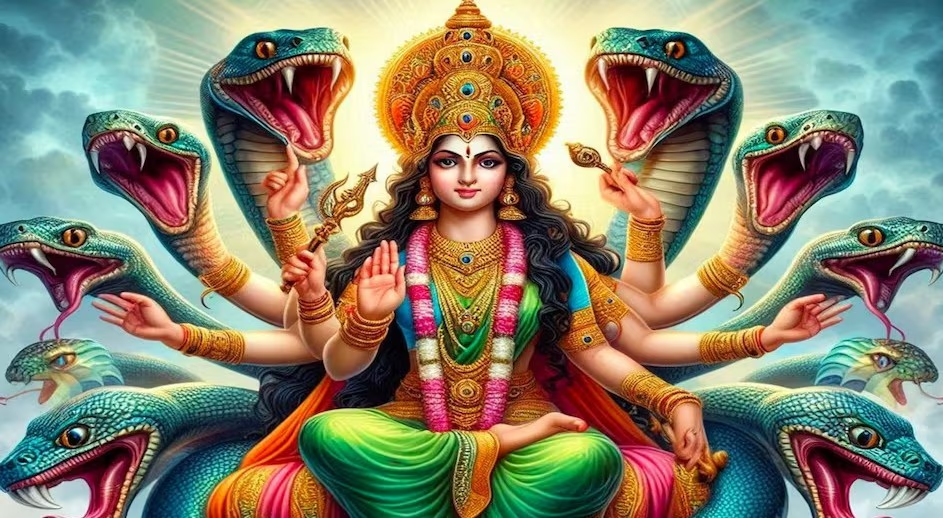
Source: aajtak
Referenced in the Mahabharata
The story of Goddess Mansa is elaborated in the Mahabharata. When sage Ugrashrava narrates King Janamejaya's serpent sacrifice to the assembled sages in Naimisharanya, they inquire about the reason behind this destructive ritual. Ugrashrava explains that King Janamejaya organized this yagna out of anger after his father Parikshit was bitten by the snake Takshak. Another reason was a curse from Nag Mata Kadru, who, for their refusal to aid in her deceit, cursed the snakes and serpents to perish in fire. Many serpents perished when Arjuna set the Khandava forest ablaze, and the few survivors were to be destroyed in Janamejaya's sacrifice.
However, the survival of the remaining serpents was destined, as Brahma had ordained the halting of the serpent yagna. Sheshnag’s sister Mansa, also known as Jaratkaru, was married to a sage of the same name, and their son Aastik became the reason for the yagna's cessation. The mention of Goddess Mansa as Jaratkaru appears in the Shiva Purana, Vishnu Purana, and Mahabharata.
The Tale of Goddess Mansa
In the folk epic 'Manasa Mangal' from West Bengal, the tale of Goddess Mansa centers around her insistence on being worshipped. She demands worship from the merchant Chand Saudagar along with Shiva. Chand refuses, professing faith only in Shiva. To assert her position, Mansa kills his sons on their wedding nights. Six sons of Chand are killed in this manner. His youngest son, Bala Lakhindar, is married to a virtuous woman, Behula.
Chand builds an iron room without any cracks for his son and daughter-in-law. Goddess Mansa, in the form of a snake, visits the blacksmith and has a crack made in the room. On the wedding night, Mansa, as a snake, bites Bala Lakhindar, leading to his death.
Thus begins Behula's trial. She places her husband's body on a banana raft and, while drifting in the river, arrives in heaven with the dried skeleton. Pleased with her devotion, the gods and Shiva revive Lakhindar. Shiva enlightens Mansa that worship cannot be demanded; it must stem from genuine devotion. Mansa learns and resurrects Bala Lakhindar by Shiva's mercy, granting him a new life on earth.
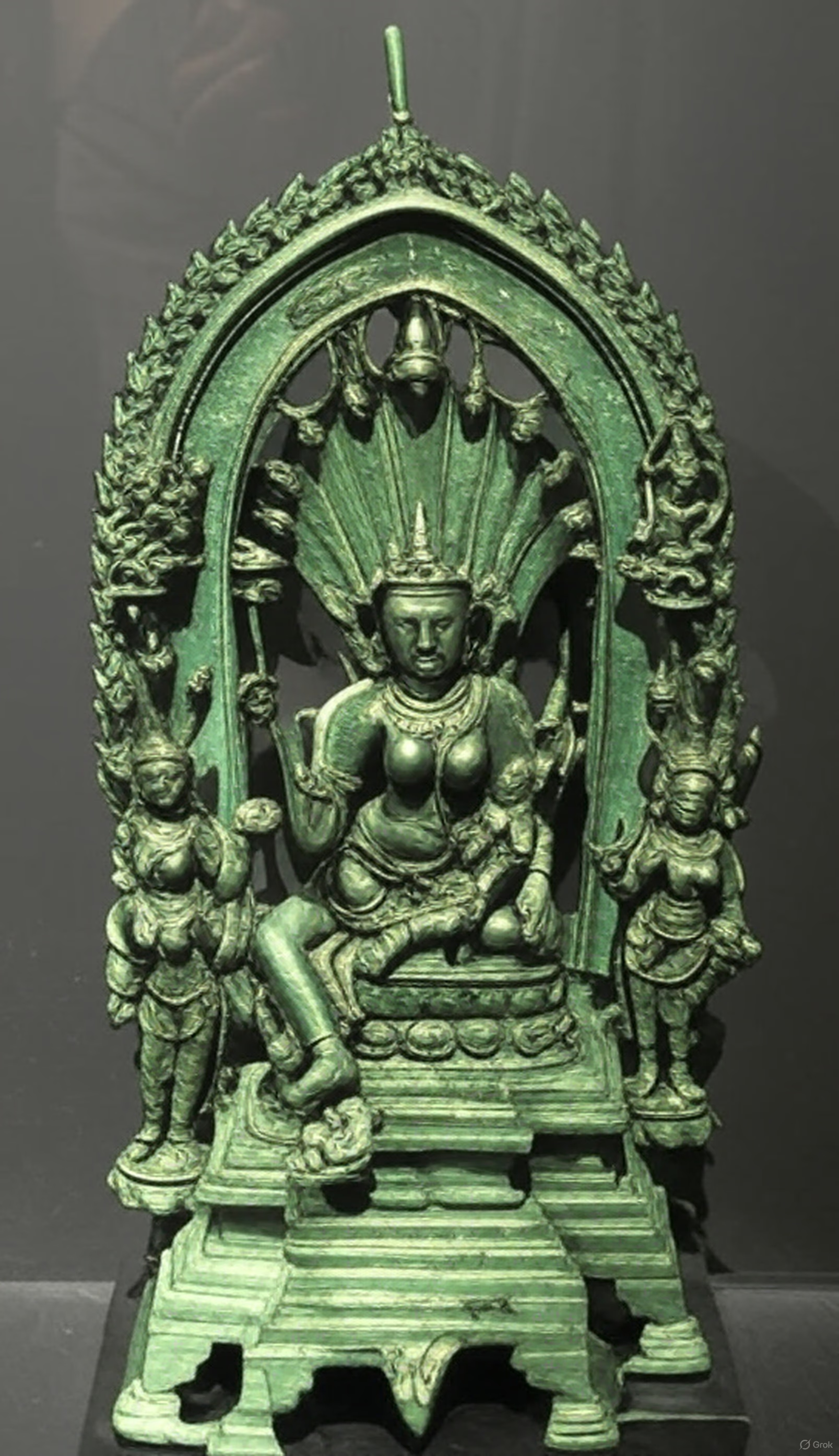
Source: aajtak
Tale of Devotee Behula and Vishahari
At Shiva’s behest, Chand Saudagar worships Goddess Mansa with his left hand, pleasing her. Shiva grants her divine status and encourages her to promote public welfare. Thus, Goddess Mansa becomes the deity of poisons and medicines, revered as the forest goddess. Her presence is noted in regional tales from Mahabharata to Bihar and Bengal, with diverse roles in Puranic tales. Her temples in Kolkata, Dispur, Chandigarh, Panchkula, and Himachal's Mandi depict her with a serpent canopy. Chanting the names of Goddess Mansa, Aastik Muni, and Jaratkaru wards off snake bites and mitigates poison threats.
